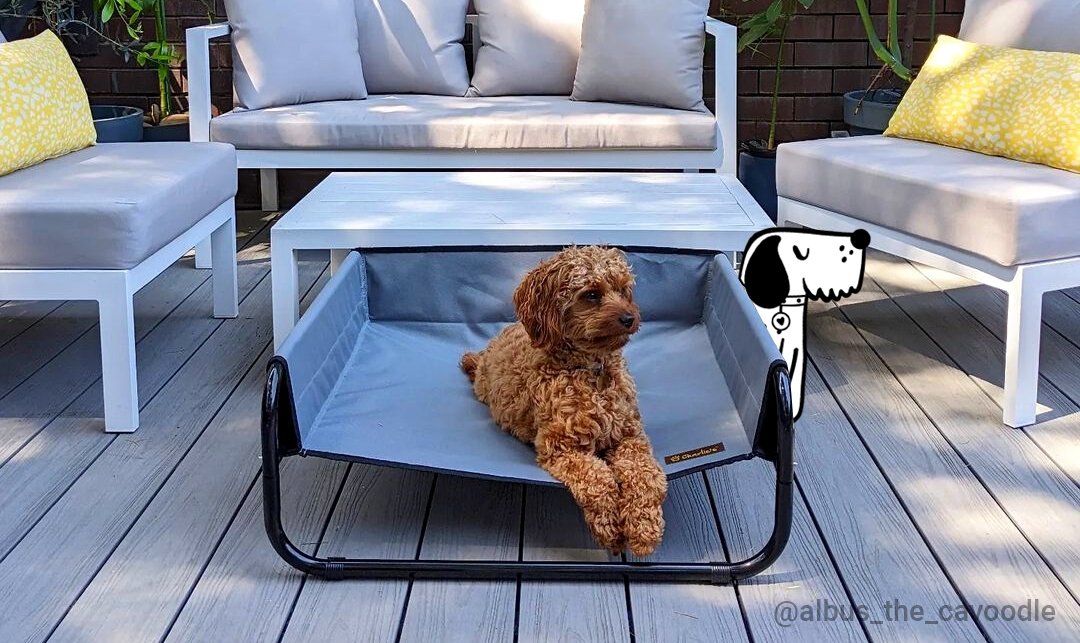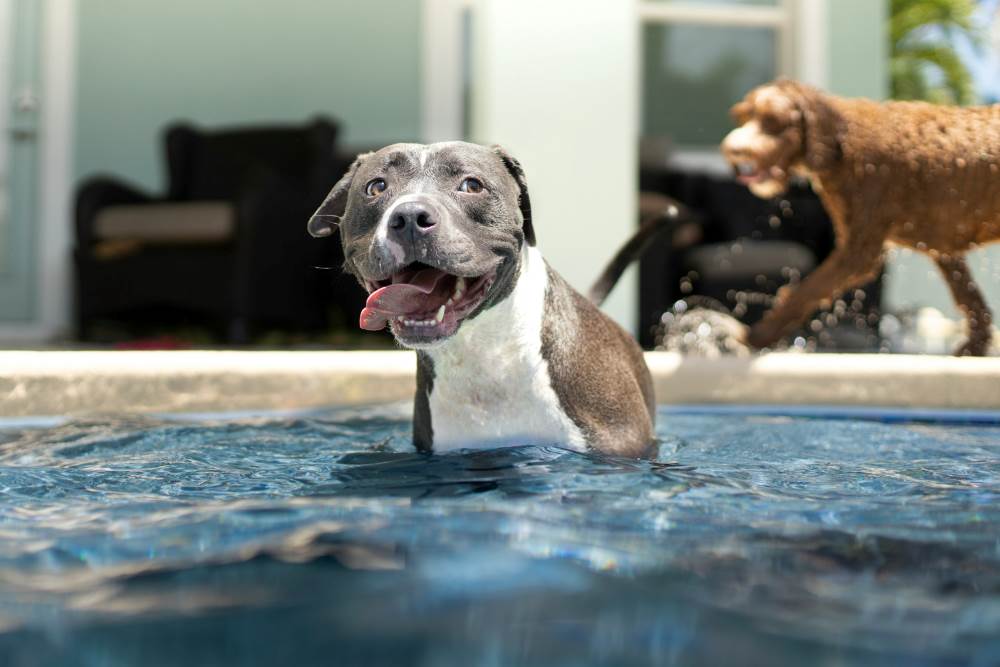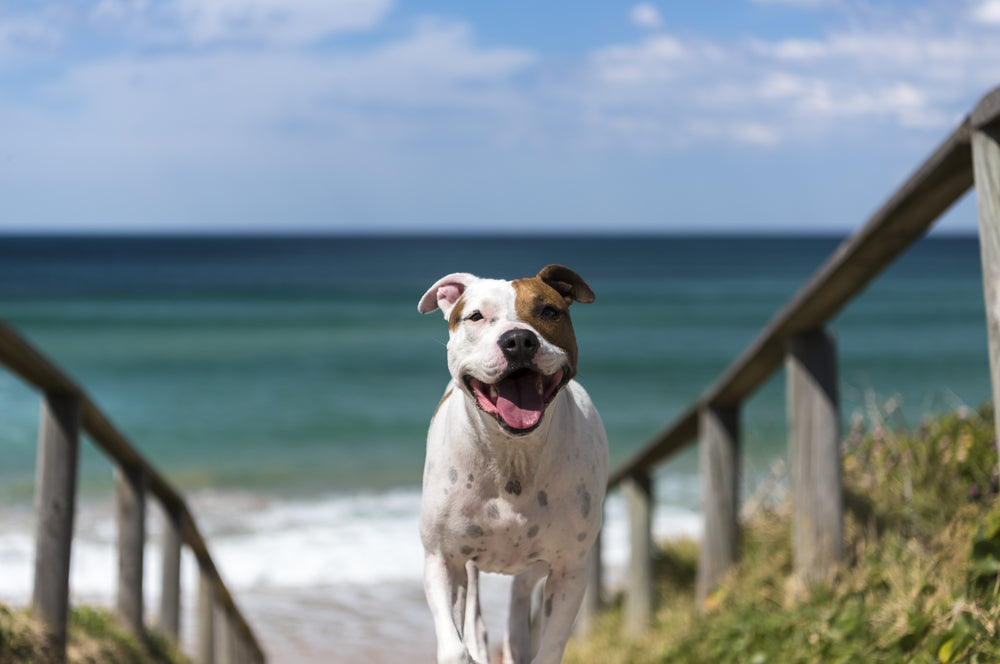If your dog is like most, it probably enjoys being outdoors during all types of weather. In most cases, a dog’s paw pads protect them from rough surfaces, ice, and snow. But, tough as they are, a dog’s paw pads are prone to damage when they walk on hot sidewalks during summer when Australia’s temperatures get really high. So the best way to keep your dog’s paw pads safe is by preventing damage from occurring in the first place.
Let’s take a look at some ways you can protect your doggo’s feet.
Get Them Protective Footwear
You’ve probably seen funny videos of dogs trying to walk in booties for the very first time. While some dogs don’t take to the feel of shoes on their feet, others adapt to them quickly. Shoes or boots can provide the protective layer that your dog needs on its sensitive feet.
Make sure you look for shoes designed to wear in hot weather. Some can also double as winter boots or work for venturing out in rough terrain. Also, make sure you get the right size for your dog, so the shoes don’t rub their feet and irritate them. Shoes that don’t fit could end up doing more damage than good.
How to Protect My Dog’s Paws From Heat if He Won’t Wear Shoes?
Apply Paw Wax and Balms
If shoes aren’t a good option for your dog, consider using wax or balm products specifically made to protect dogs’ feet from hot surfaces. Rub the product on the bottom of your dog’s paws before heading out for a walk in any extreme weather. It can help protect them from ice, briars, and other rough environments.
Test the Temperature
Don’t take them walking on the hot concrete or footpaths if that's possible, but if not - the only way to ensure that the ground isn’t too hot for your pooch is to test it yourself by touching your bare feet or hands on the pavement. If it’s too hot for you to walk on, it’s too hot for your dog too.

Stay in the Grass
Grass doesn’t absorb heat like concrete and asphalt. So try to let your dog get their exercise in the yard, especially during the middle of the day when temperatures are hottest.
If you walk your dog to the park, don’t forget to protect their feet along the way. It only takes seconds on hot pavement for your dog’s feet to burn. Just crossing the street could be enough to burn your pup’s paw pads severely.
Keep Their Paw Pads Tough
Dogs’ paw pads are generally soft and spongy. Walking on rough surfaces helps dogs toughen up their paws and makes them more resistant to high temperatures. That means taking your dog for walks on uneven terrain and over concrete when it isn’t hot.
Even then, you should check your dog’s paws every time you go out for a walk or a hike to make sure there isn’t any damage. Toughening their paws is something that should happen gradually after repeated ventures. Don’t try to accomplish too much in one day.
Monitor Their Feet
Take a look at the bottom of your dog’s feet every day. Examine their paw pads for dryness, cracks, or other signs of irritation. If you see any damage or burns, keep your dog inside as much as possible until their feet heal. Soothe the burns with an ice pack or run cool water over the dog’s feet with the water hose. If the damage is moderate to severe or doesn’t heal, get them checked out by the vet. The dog’s paw pads are a tricky area to heal.
Recognize the Symptoms of Burned Paws
Sometimes pet owners don’t realize what is causing their dog’s symptoms right away. For example, if your dog suddenly starts limping or doesn’t want to go on walks, burned paws might be the cause. Sometimes paw pads look darker than usual, or they may have visible signs of damage such as blisters or redness.
Healing your dog’s burned feet can be difficult and painful for your dog. Take preventive steps to keep them from getting burned in the first place.











Leave a comment